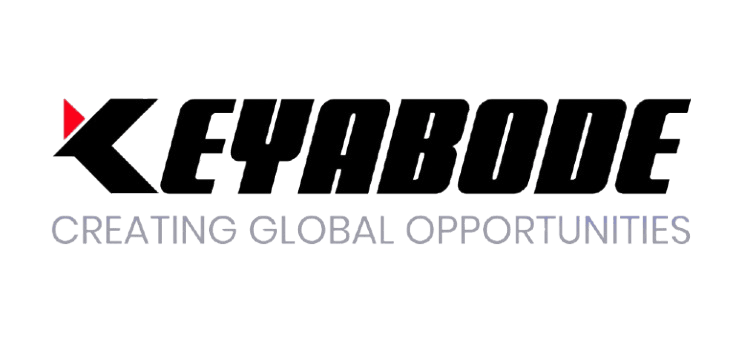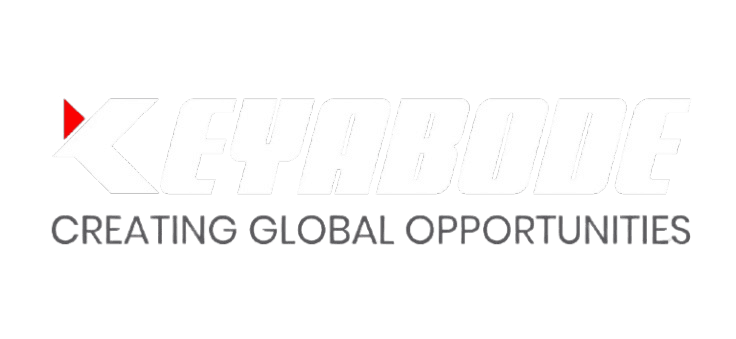No products in the cart.
Using a Query
In today’s digital landscape, UI/UX design plays a pivotal role in driving user engagement and ensuring the success of digital products. As technology and user expectations continue to evolve, adopting best practices in UI/UX design becomes crucial for creating intuitive and engaging experiences.
At Keyabode, we understand the significance of a well-crafted user interface (UI) and user experience (UX) and are committed to delivering solutions that resonate with users. Here’s how you can leverage UI/UX design to boost user engagement in 2024.

1. Prioritize User-Centric Design
The cornerstone of effective UI/UX design is a user-centric approach. This means understanding and addressing the needs, preferences, and behaviors of your target audience. Conduct thorough user research, create detailed user personas, and employ user journey mapping to gain insights into how users interact with your product. By aligning your design with user expectations, you ensure a more intuitive and satisfying experience.::after
2. Embrace Responsive Design
With the increasing use of mobile devices, responsive design is essential for providing a seamless experience across various screen sizes and devices. Implementing responsive design principles ensures that your website or application adapts gracefully to different resolutions, enhancing accessibility and user satisfaction. This approach also contributes to better search engine optimization (SEO), which can improve your visibility and engagement.
3. Focus on Microinteractions
Microinteractions are subtle design elements that provide feedback and enhance the user experience. These can include animations, button effects, and transition states. When used effectively, microinteractions can make interactions feel more dynamic and engaging, helping users understand the outcomes of their actions and improving overall satisfaction.
4. Optimize Load Times
Page load speed is a critical factor in user engagement. Slow-loading pages can frustrate users and lead to high bounce rates. Optimize your website or application by minimizing file sizes, leveraging content delivery networks (CDNs), and implementing lazy loading techniques. Faster load times contribute to a smoother user experience and keep users engaged longer.
5. Implement Consistent Branding
Consistency in branding across all touchpoints enhances user trust and recognition. Ensure that your design elements, such as colors, typography, and imagery, align with your brand identity. Consistent branding not only reinforces your brand but also creates a cohesive and professional appearance that resonates with users.
6. Leverage Data-Driven Design
Incorporate analytics and A/B testing into your design process to make informed decisions based on real user data. By analyzing user behavior, you can identify pain points and areas for improvement. A/B testing allows you to compare different design variations and choose the one that performs best, leading to more effective and engaging user experiences.
7. Prioritize Accessibility
Designing with accessibility in mind ensures that all users, including those with disabilities, can interact with your product effectively. Follow WCAG (Web Content Accessibility Guidelines) to create inclusive designs. Implement features such as keyboard navigation, screen reader compatibility, and sufficient color contrast to make your product accessible to a broader audience.
8. Incorporate Personalization
Personalization enhances user engagement by tailoring content and interactions to individual preferences and behaviors. Use data-driven insights to provide relevant recommendations, customized content, and personalized experiences. Personalization fosters a deeper connection with users and encourages ongoing engagement.
Conclusion
In 2024, the role of UI/UX design in enhancing user engagement is more critical than ever. By prioritizing user-centric design, embracing responsive principles, optimizing load times, and incorporating personalization, you can create engaging and memorable experiences. At Keyabode, we are dedicated to applying these best practices to deliver exceptional design solutions that drive user satisfaction and business success. Stay ahead of the curve by continuously refining your UI/UX strategies to meet the evolving needs of your audience.
.




